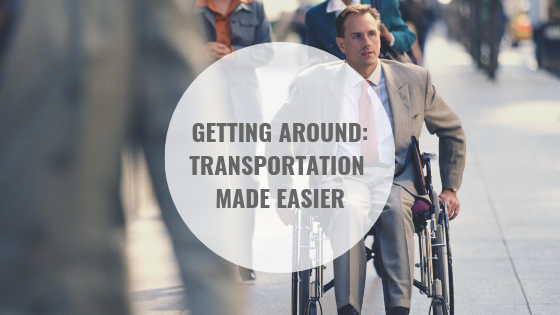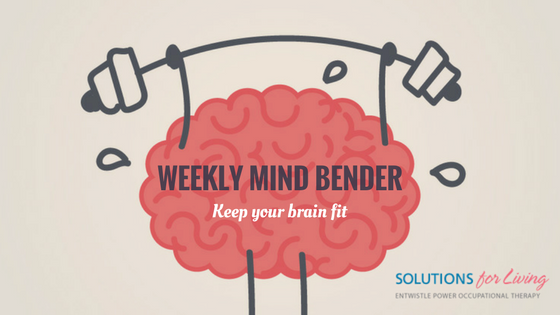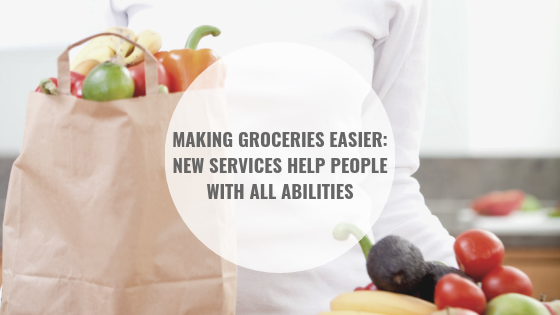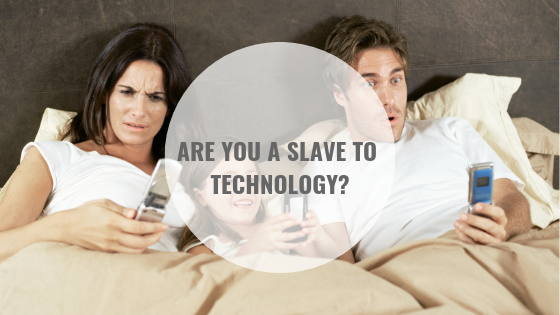Julie Entwistle, MBA, BHSc (OT), BSc (Health / Gerontology)
I don’t think I am alone when I say that I am becoming completely overwhelmed by technology. Not being a techy person, it took me a while to warm up to email, then to the internet, cell phone use, texting and lastly social media. Now I have two email accounts, three phone numbers, three websites, a cell, blog, and business and personal Twitter, Linked In, Google+, Facebook, Youtube, Instagram, and Pinterest accounts. I bank online, shop online, do most of my communication by email, manage my business with my phone and computer, and even use an app to meditate. My life is organized into files and folders that are populated with faxed, emailed or scanned documents that are backed-up, saved to disc, or exported to secure places. My car can answer my calls, direct me to new places and even tell me when my favorite songs are playing. My cat has an automatic feeder and my phone is accessed with my fingerprint or voice. Sometimes people send me an email then text me to tell me they emailed me. Or, they leave a voicemail then repeat the contents in an email or fax. Or call me at home, then work, then on my cell. Craziness!
So how many people are ready to tech-out? I know some days I dream of a home in the wilderness with no Wi-Fi, TV, computer, or cell service.
My love-hate relationship with technology has been an ongoing emotional versus productive battle inside my head for some time. While I am trying to model appropriate technology behavior for my children, the pace at which the world seems to be operating, and the time-sensitive nature of my clinical work, requires me to work-from-home some nights, visit the office on a weekend, and respond to texts after hours. I am not proud of this and feel that I failed miserably in the past to keep an appropriate balance. So, I have decided to make some changes. While I cannot change the pace at which people try to reach me, I can change the pace of my response and can learn to reduce the guilt I often feel when my response is delayed, or when a nice evening at home took priority over my inbox.
A recent survey conducted by the Centre for Addiction and Mental Health (CAMH) has identified that 19% of adults in Ontario suffer from moderate to severe problematic use of electronic devices. Something must be done to combat this problem. In France, it is illegal for employers to email their employees after hours. I am not sure such behavior needs to be “illegal” beyond ensuring that the employee cannot be fired or demoted if they don’t respond after-hours, but this law shows the extent to which people feel pressured to communicate at all times – whether it is the right time or not.
I had a comical interaction with a friend one night that highlights this. Working late, I had sent him an email asking a question about a service they provided. He responded quickly with a “yes,” while failing to answer my other questions. I humorously responded with a “thanks for your wordy response” to which he added “considering that I am out with my wife for our anniversary I think I said too much”. Agreed.
So in an effort to not repeat my mistakes of the past, I have set some firm tech boundaries for the year ahead. Some of my strategies include:
- Work at Work. I have an office at which I am extremely productive. Lugging my computer back and forth from work to home is not good for it, my back, and tends to anchor my evenings to work when I have a list of other things I would like to be doing. So, I plan to leave my computer at the office. While I may become slightly behind on my emails and may not tackle as many things on my “to do list” my family will enjoy my presence and my evenings will be much less stressful.
- Phone Off. In speaking with my techy husband, I asked about ways I could set some firm boundaries with my phone. I wanted to limit texts from work contacts and stop my business email from surfacing on my phone after 5 pm and on weekends. Low and behold with an iPhone you can’t do that. Sure I can use airplane mode or do not disturb, but this limits contacts from all people, and there are some people (my friends and family included) that I would like to be able to communicate with at any time. So, I visited Roger’s and they too confirmed that I can’t be selective about who, how and when people can reach me. My options then were just to behave differently (don’t check email or texts from work contacts), or to get an entirely different phone with a new number and “personal email only” set-up for after-hours. While I still believe that one email or text can completely derail an evening or weekend, for now, I have decided that when home my phone will be anchored to a spot in the kitchen on airplane mode. When out, I will do my best to not read or respond to work messages until the following business day.
- Go Public. To get the support of my team, I told them my plans. This included my work hours and desire to set firm boundaries around my technology time. We realigned our operations to divide roles and duties to reduce the triplication of emails to multiple people, and to ensure that people had clear lines of accountability – instead of their habit of going to the person they thought would respond first (typically me). My team was very supportive! I also involved my family in my decision to leave my computer at the office and to limit after-hours phone time so that they too can encourage me along the way.
No, I am not perfect and will slide at times with the boundaries I am trying to set. But even if I can accomplish half of my intention, I am 50% better than my experience of last year. In the end, I guess I just want my enjoyable life to include a reasonable amount of technology, and not for technology to result in an unenjoyable life.
If you are having trouble getting your children to power down try our free printable Technology Pass (below)– it’s a game changer!
















